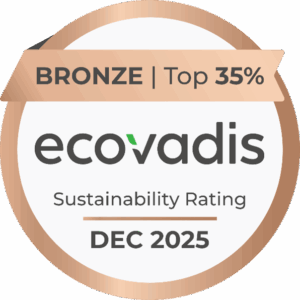
From 1st October 2023 importers of iron, steel, cement, fertilisers, aluminium, electricity and hydrogen will have to report on a quarterly basis (first report due Jan 2024) the goods that are imported that are in the category CN code.
The Paris Agreement created different ways to fight climate change and the EU’s Carbon Border Adjustment Mechanism (CBAM) is one of them. Several efforts were made to limit GHG emissions globally. All these measures seek to influence the carbon price tied to producing goods or services that emit CO2.
Purpose
The main purpose of carbon prices is to reduce carbon emissions, particularly in high emitting sectors. At the same time, revenues from carbon pricing present opportunities for governments and businesses to support the shift to a sustainable economy. CBAM creates a level playing field by making foreign importers face the same costs and incentives that domestic producers experience. So, while the CBAM addresses carbon leakage, the Emission Trading System is to be phased out.
CBAM is a major part of EU’s climate objectives through its “Fit for 55” Package which is – 55% reduction in GHG emissions in the EU by 2030 (compared with 1990 levels). The Regulation (EU) 2023/956 established CBAM on 10/5/23 and covers Iron, steel, aluminium, cement, electricity, fertilisers and hydrogen.
Regulations
The Environmental Protection Agency are the National Competent Authority and Revenue is the Customs Authority. The Implementing Regulation was adopted on 17/08/23 and the CBAM Transition Phase is 1/10/23 to 31/12/25.
The full CBAM implementation is from 2026 until 2034. Importers are authorised by the EPA. The importer purchases CBAM certificates to cover the CO₂ emissions generated in the manufacture of goods imported. The importer reports the quantity of CBAM goods imported (including embedded CO₂ emissions) in the preceding year to EU Commission by 31 May each year. Revenue shares import information with the Commission on CBAM product imports.






